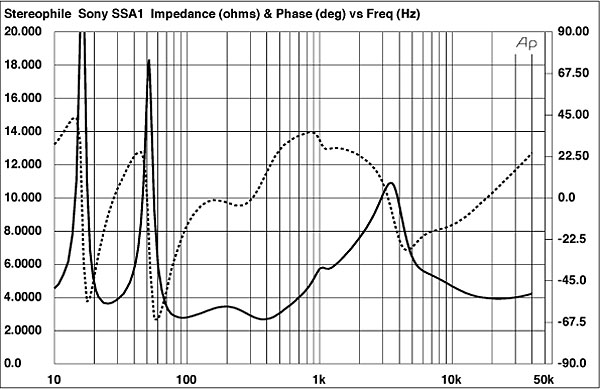| Columns Retired Columns & Blogs |
Hi Kalman
I'm glad you posted a review of these two babies since I was waiting for one - in english that is. Seeing the associated equipment you tested the sony's with, I wanted to know if you had the chance to test the AR1's with the matching DR1's amp and transport. If that'd be the case, could you share your experience with an avid Sony fan :) ?
best regards
Vlad













































